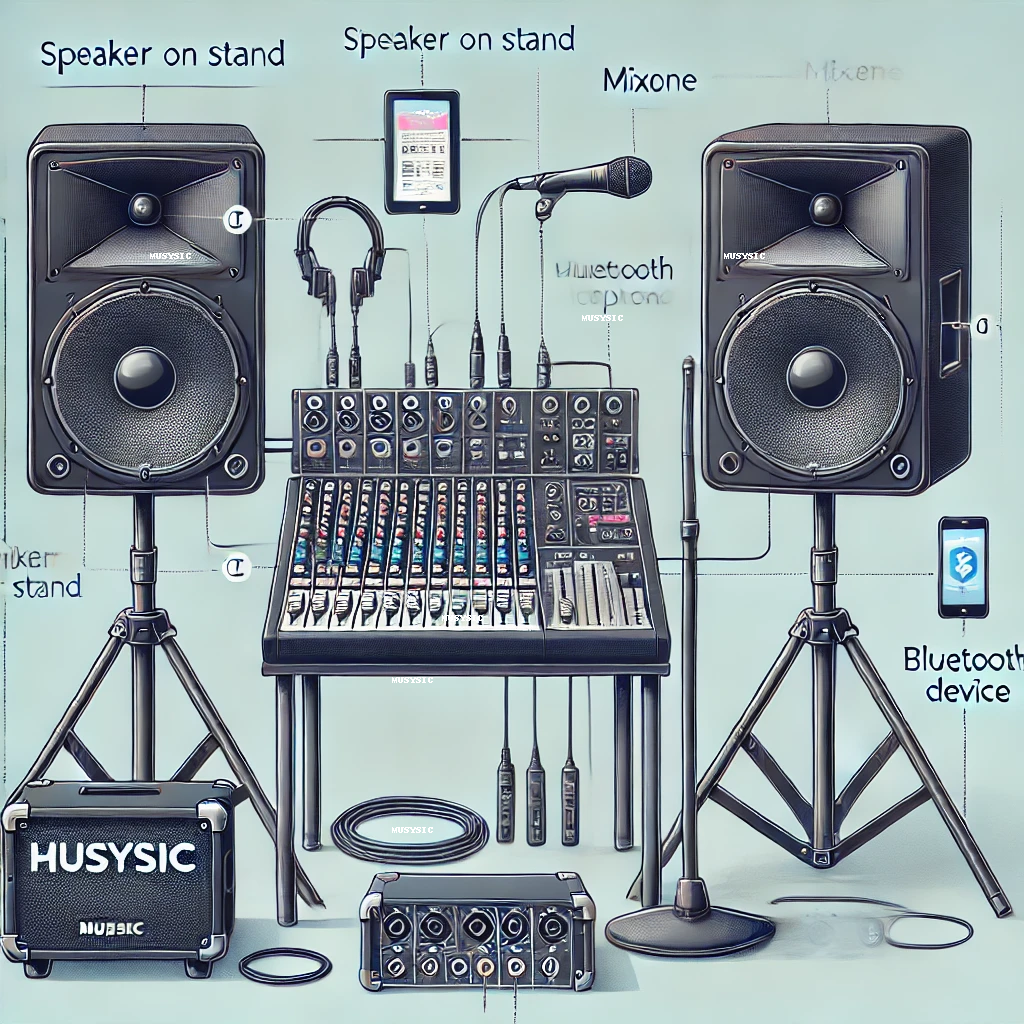When learning English grammar, one of the most important but often overlooked elements is the correct use of possessive pronouns. These small yet powerful words can make your writing and speaking more natural, clear, and fluent. Whether you’re a student, a non-native English speaker, or someone brushing up on grammar basics, understanding possessive pronouns is essential for mastering the language.
In this comprehensive guide, we’ll explore what possessive pronouns are, how they differ from other similar words, common mistakes to avoid, and tips to use them confidently in both writing and speech.
What Are Possessive Pronouns?
Possessive pronouns are pronouns that show ownership or possession. They replace nouns to avoid repetition and help indicate who owns what.
The most common possessive pronouns in English are:
- Mine
- Yours
- His
- Hers
- Ours
- Theirs
These are different from possessive adjectives like my, your, his, her, our, and their, which are used before nouns. For example:
- Possessive adjective: That is my book.
- Possessive pronoun: That book is mine.
Notice how in the second example, the possessive pronoun “mine” replaces “my book” to avoid repeating the noun.
Why Use Possessive Pronouns?
Using possessive pronouns allows you to:
- Avoid repetition: Instead of saying “This is John’s car. That is Mary’s car,” you can say, “This is John’s car. That one is hers.”
- Simplify sentences: They help make sentences cleaner and more concise.
- Clarify ownership: Especially in conversations or writing where multiple people or objects are involved.
List of Possessive Pronouns
| Subject Pronoun | Possessive Adjective | Possessive Pronoun |
|---|---|---|
| I | my | mine |
| You | your | yours |
| He | his | his |
| She | her | hers |
| It | its | (rarely used) |
| We | our | ours |
| They | their | theirs |
Note: “Its” is rarely used as a possessive pronoun because it can be confused with “it’s” (it is). Instead of saying, “That toy is its,” we often rephrase the sentence.
Examples in Sentences
Here are a few examples showing how possessive pronouns function in sentences:
- That backpack is mine, not yours.
- The blue house is ours; the red one is theirs.
- This pen isn’t his; it’s hers.
- Your dog is friendly, but mine is shy.
These examples illustrate how possessive pronouns replace the noun phrase (e.g., my dog, her pen, our house) to prevent redundancy.
Possessive Pronouns vs. Possessive Adjectives
Many learners confuse possessive pronouns with possessive adjectives, but their roles are different.
Possessive adjectives come before nouns and describe ownership:
- This is my laptop.
- Is that your car?
Possessive pronouns stand alone and do not need a noun after them:
- This laptop is mine.
- That car is yours.
Quick Tip:
If there’s a noun after the word (e.g., book, phone), it’s probably a possessive adjective. If there’s no noun directly after it, it’s a possessive pronoun.
Common Mistakes with Possessive Pronouns
1. Confusing “Its” and “It’s”
- Its (possessive) = belonging to it
Example: The dog wagged its tail. - It’s = it is or it has
Example: It’s raining outside.
Tip: If you can replace the word with “it is,” then use “it’s.” If not, use “its.”
2. Misusing “Their” and “Theirs”
- “Their” is a possessive adjective: Their house is big.
- “Theirs” is a possessive pronoun: That house is theirs.
3. Using Apostrophes Incorrectly
Possessive pronouns never use apostrophes. Avoid writing:
- Her’s, your’s, their’s
- Hers, yours, theirs
Exercises to Practice Possessive Pronouns
Fill in the blanks with the correct possessive pronoun:
- This jacket belongs to me. It is __________.
- That car belongs to you. It is __________.
- This house belongs to my parents. It is __________.
- This cat belongs to Sarah. It is __________.
- That laptop belongs to us. It is __________.
Answers:
- mine
- yours
- theirs
- hers
- ours
Using Possessive Pronouns in Spoken English
In everyday conversation, possessive pronouns come up naturally:
- A: Is this your seat?
B: No, mine is over there. - A: Whose phone is this?
B: That’s hers.
When used correctly, they help conversations flow smoothly and avoid unnecessary repetition.
Possessive Pronouns in Writing
In both academic and casual writing, possessive pronouns can improve clarity. They are particularly useful when comparing ownership or discussing multiple parties.
Example in writing:
Incorrect: Jane’s dress was red. Maria’s dress was blue.
Improved: Jane’s dress was red. Hers was blue.
By replacing “Maria’s dress” with “hers,” the sentence becomes more elegant and avoids repetition.
Tips to Master Possessive Pronouns
- Practice regularly with sentence drills and writing prompts.
- Review examples to internalize correct structure.
- Read actively, paying attention to how possessive pronouns are used.
- Speak often, using possessive pronouns in conversation.
- Take grammar quizzes online to test your knowledge.
Conclusion
Mastering possessive pronouns is a fundamental step toward fluency in English. These simple yet essential words allow you to communicate ownership clearly and concisely. Whether you’re writing essays, speaking in class, or chatting with friends, using them correctly makes your English sound natural and polished.



